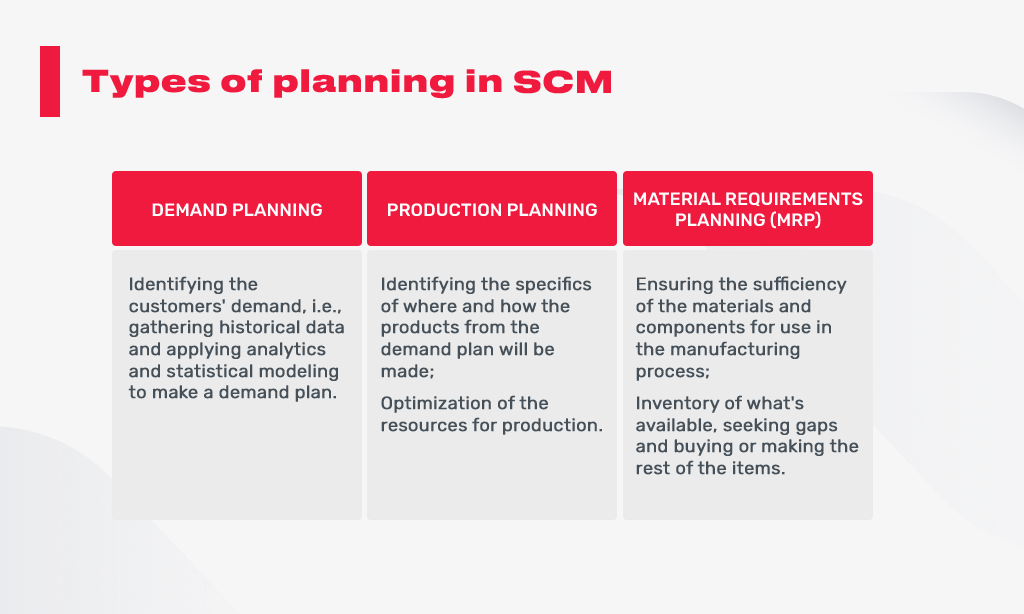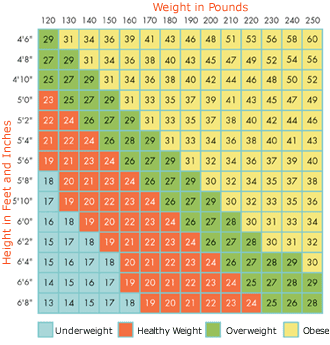Contents:


Many accountancy professionals use the quick ratio to check in on their company’s financial status. Using this ratio may be especially important for accountants because they deal directly with the company’s finances. This ratio is especially vital for accountants who create budgets, like certified management accountants. Working capital management is a strategy that requires monitoring a company’s current assets and liabilities to ensure its efficient operation. Current Assets is an account on a balance sheet that represents the value of all assets that could be converted into cash within one year.

The quick ratio is important because it’s a good way to measure a company’s liquidity. A company with a healthy quick ratio is less likely to default on its obligations, and is more likely to weather an economic downturn. On the other hand, a company with a poor quick ratio is more likely to default on its obligations, and is more likely to struggle during an economic downturn. Quick ratio / acid test ratio should ideally be at least 1 for businesses with a slow inventory turnover. For companies with a fast inventory turnover, the ratio can be less than 1 without suggesting any liquidity issues. Like with many financial ratios, the acid test ratio is best used to compare companies of similar size in the same industry.
Quick Ratio Accounting Defined
Having a well-defined liquidity ratio is a signal of competence and sound business performance that can lead to sustainable growth. On the other hand, a company could negotiate rapid receipt of payments from its customers and secure longer terms of payment from its suppliers, which would keep liabilities on the books longer. By converting accounts receivable to cash faster, it may have a healthier quick ratio and be fully equipped to pay off its current liabilities. The main difference between the current ratio and the quick ratio is that the current ratio includes inventory in its calculation, while the quick ratio does not. Inventory is not considered to be a liquid asset, so it’s not included in the quick ratio.
It’s a great indicator of short-term liquidity, giving you an excellent insight into how your business would fare if it became necessary to quickly convert assets to pay for liabilities. Alternatively, the lower the quick ratio, the weaker the company is financially. A quick ratio lower than 1.0 indicates that the company does not have enough cash to cover the current expenses and must collect funds before the current expenses, or liabilities, are paid. The company must try to get payments from customers if there are accounts receivable with balances that are due, or the company may have to sell assets to get enough cash to pay the monthly expenses. A quick ratio under 1.0 indicates cash flow problems and the company may have challenges paying the bills.
If the quick ratio is too high, the firm isn’t using its assets efficiently. While this formula offers insights into virtually any business vertical, it doesn’t adequately describe the SaaS model. This means that the company owes more money in short-term liabilities than it has in cash, potentially indicating that the company cannot pay all of its bills in the coming months.
You’ll include cash and cash equivalent, accounts receivable, and marketable securities in your quick ratio calculations. Typically, you eliminate inventory and prepaid expenses when calculating quick ratios because you can’t convert them into cash in 90 days. It is a measure of whether the company can pay its short-term obligations with its cash or cash-like assets on hand. It is calculated by adding total cash and equivalents, accounts receivable, and the marketable investments of the company and then dividing it by its total current liabilities.
Quick Ratio Example
A company’s quick ratio reflects the market price of its securities at the time of the calculation, which means that as time goes on the calculation gets less accurate. It is important not to confuse the quick ratio with the current ratio. While the first term only regards “quick assets,” the latter includes all current assets and current liabilities.
The content is not intended as advice for a specific accounting situation or as a substitute for professional advice from a licensed CPA. Accounting practices, tax laws, and regulations vary from jurisdiction to jurisdiction, so speak with a local accounting professional regarding your business. Reliance on any information provided on this site or courses is solely at your own risk. Inventories generally take time to be converted into cash, and if they have to be sold quickly, the company may have to accept a lower price than cost for these inventories, thereby undergoing a loss.
The Quick Ratio vs. The Current Ratio
It only considers readily available assets and may not take into account other factors such as future prospects, timing of transactions, etc. Due to different characteristics, some industries may have an average quick ratio that seems high or low. The tools and resources you need to take your business to the next level. The tools and resources you need to get your new business idea off the ground.
https://1investing.in/ analysis interprets the company’s ability to meet short-term obligations by using liquid assets without inventory whereas the current ratio takes inventory into consideration. It implies that many of P&G’s current assets are stuck in lesser liquid assets like inventory or prepaid expenses. If your company’s quick ratio is below the average for your industry and market, you can improve it in a number of ways. For example, you could increase quick assets by cutting operating expenses, or you could reduce current liabilities by refinancing short-term loans with longer-term debt or negotiating better prices with suppliers. In business, cash flow is king and the accounts receivable gap is real.
Versor Investments LP Adds Arko Corp. to Portfolio: Positive … – Best Stocks
Versor Investments LP Adds Arko Corp. to Portfolio: Positive ….
Posted: Fri, 14 Apr 2023 11:48:58 GMT [source]
Publicly traded companies generally report the quick ratio figure under the “Liquidity/Financial Health” heading in the “Key Ratios” section of their quarterly reports. David Kindness is a Certified Public Accountant and an expert in the fields of financial accounting, corporate and individual tax planning and preparation, and investing and retirement planning. David has helped thousands of clients improve their accounting and financial systems, create budgets, and minimize their taxes. The GoCardless content team comprises a group of subject-matter experts in multiple fields from across GoCardless. The authors and reviewers work in the sales, marketing, legal, and finance departments.
For example, the current ratio is great at giving high ratio scores for companies with large inventories. On the other hand, the quick ratio leans more conservatively, especially for inventory-reliant business models. Additionally, people outside the company may look at a company’s quick ratio to judge if it is a good investment idea or to make financing decisions. For example, investors, lenders, and suppliers may use this ratio when choosing who to do business with. Liquidity ratios are a class of financial metrics used to determine a debtor’s ability to pay off current debt obligations without raising external capital. The quick ratio is also fairly easy and straightforward to calculate.
It is mostly used by analysts in analyzing the creditworthiness of a company or assessing how fast it can pay off its debts if due for payment right now. Lenders also use the quick ratio to track liquidity when assessing creditworthiness. This can include unpaid invoices you owe and lines of credit you have balances on. The higher the quick ratio, the more financially stable a company tends to be, as you can use the quick ratio for better business decision-making. It has short-term liabilities such as debt payment, payroll and inventory costs due within the next 12 months in a total amount of $40 million. SolvencySolvency of a company means its ability to meet the long term financial commitments, continue its operation in the foreseeable future and achieve long term growth.
What Is the Quick Ratio? Definition and Formula
Cash management is the process of managing cash inflows and outflows. Cash monitoring is needed by both individuals and businesses for financial stability. My Accounting Course is a world-class educational resource developed by experts to simplify accounting, finance, & investment analysis topics, so students and professionals can learn and propel their careers. The quick ratio is often called the acid test ratio in reference to the historical use of acid to test metals for gold by the early miners. If metal failed the acid test by corroding from the acid, it was a base metal and of no value. However, a quick ratio of 1.0 or higher is generally considered to be healthy.
- In publication by the American Institute of Certified Public Accountants , digital assets such as cryptocurrency or digital tokens may not be reported as cash or cash equivalents.
- Thus, it should be considered alongside other metrics, such as the earnings-per-share or rate-of-return on investments.
- Consequently, it would distort the ratio if inventory was used to assess short-term liquidity.
- This means the business has $1.10 in quick assets for every $1 in current liabilities.
Regardless of which method is used to calculate quick assets, the calculation for current liabilities is the same as all current liabilities are included in the formula. The higher the ratio result, the better a company’s liquidity and financial health; the lower the ratio, the more likely the company will struggle with paying debts. However, a quick ratio that’s much higher than the industry average isn’t necessarily a sign of financial health, as it could indicate that the company has invested too heavily in low-return assets. Financial Statements are prepared to know the profitability and financial position of the business in the market.
Courses
The quick ratio, instead, focuses on very short-term, highly liquid assets, keeping inventory and prepaid expenses out. A company can’t exist without cashflow and the ability to pay its bills as they come due. By measuring its quick ratio, a company can better understand what resources they have in the very short-term in case they need to liquidate current assets.
A quick ratio of less than 1.0 is generally considered to be unhealthy. And a quick ratio of more than 2.0 is generally considered to be very healthy. Emilie is a Certified Accountant and Banker with Master’s in Business and 15 years of experience in finance and accounting from corporates, financial services firms – and fast growing start-ups. Quick ratio is also known as the “quick assets ratio” or the “acid-test ratio”.

Next, the required inputs can be calculated using the following formulas. Liquidity RiskLiquidity risk refers to ‘Cash Crunch’ for a temporary or short-term period and such situations are generally detrimental to any business or profit-making organization. Consequently, the business house ends up with negative working capital in most of the cases. The factor then collects the invoiced amounts directly from your customers, which removes the need to chase and process payments but may have a negative effect on relationships. In addition, the business could have to pay high interest rates if it needs to borrow money. Gain in-demand industry knowledge and hands-on practice that will help you stand out from the competition and become a world-class financial analyst.
Telefônica Brasil Downgraded by Stock Analysts: A Short-Term … – Best Stocks
Telefônica Brasil Downgraded by Stock Analysts: A Short-Term ….
Posted: Fri, 14 Apr 2023 15:02:09 GMT [source]
Learn financial statement modeling, DCF, M&A, LBO, Comps and Excel shortcuts. The inventory balance of our company expands from $80m in Year 1 to $155m in Year 4, reflecting an increase of $75m. If the ratio is low, the company should likely proceed with some degree of caution, and the next step would be to determine how and how quickly more capital could be obtained. The two general rules of thumb for interpreting the quick ratio are as follows.

A business with a negative quick ratio is considered more likely to struggle in a crisis, whereas one with a positive quick ratio is more likely to survive. The quick ratio is also known as the acid ratio, the acid test ratio, the liquid ratio, and the liquidity ratio. If you don’t have any internship or work experience that involved using the quick ratio, you can discuss any coursework or personal experiences with this calculation. For example, you can mention if you helped a family member’s or friend’s small business figure out their financial health.
